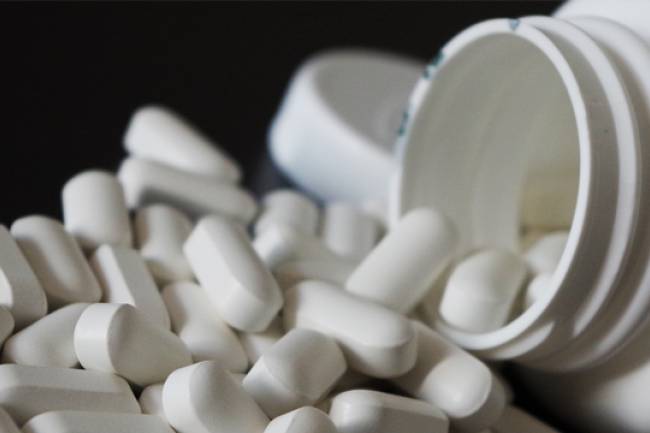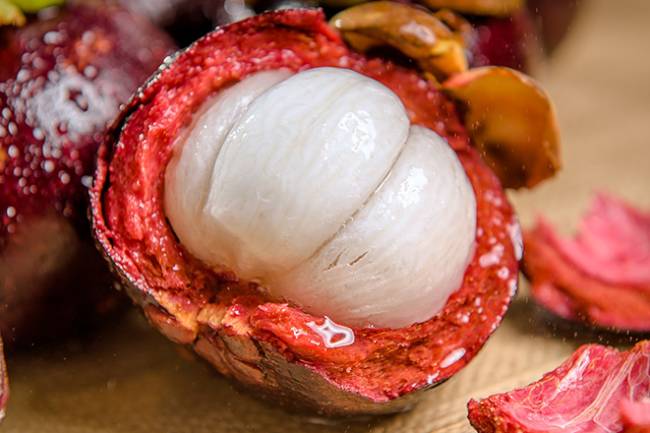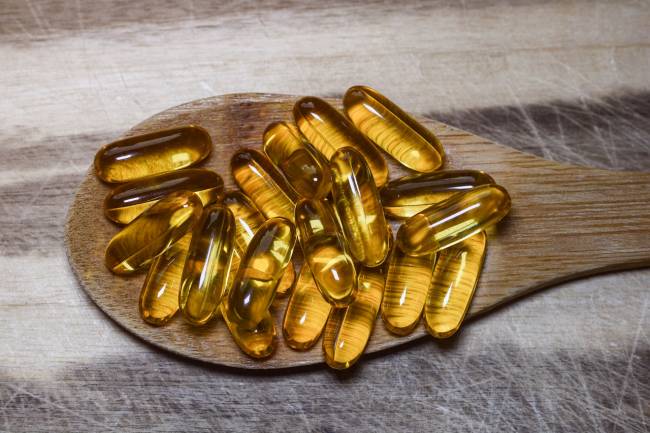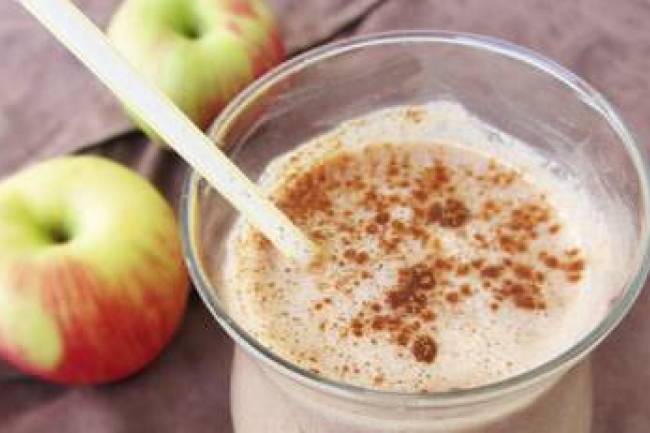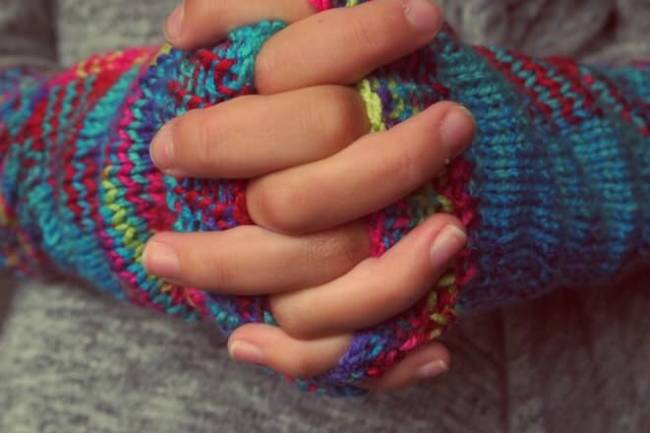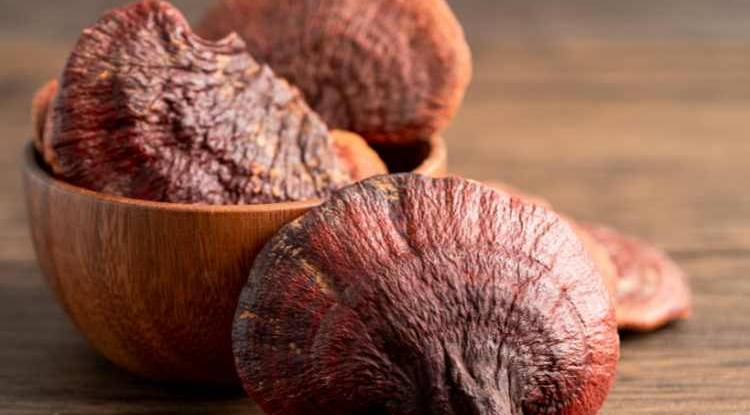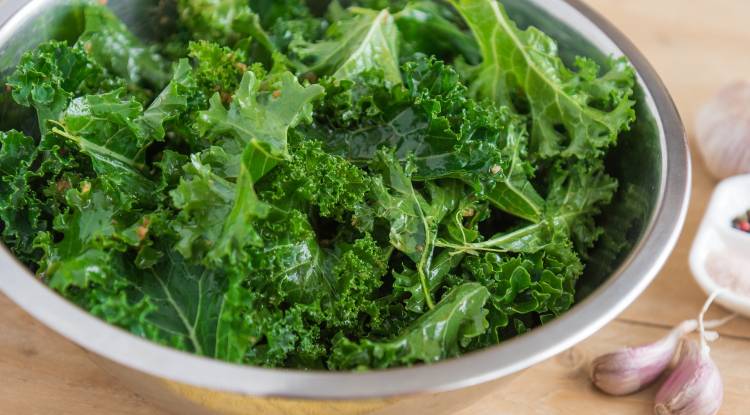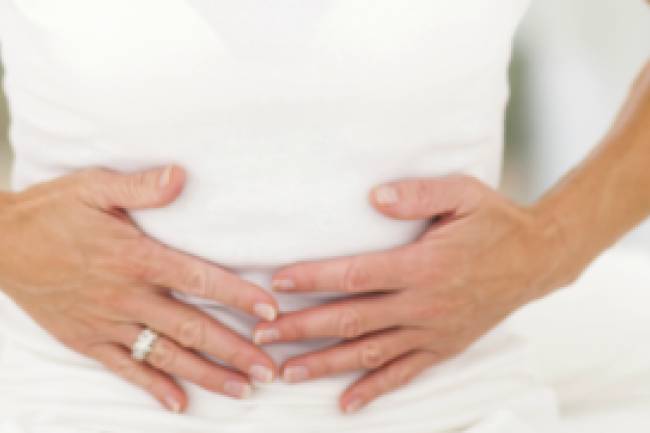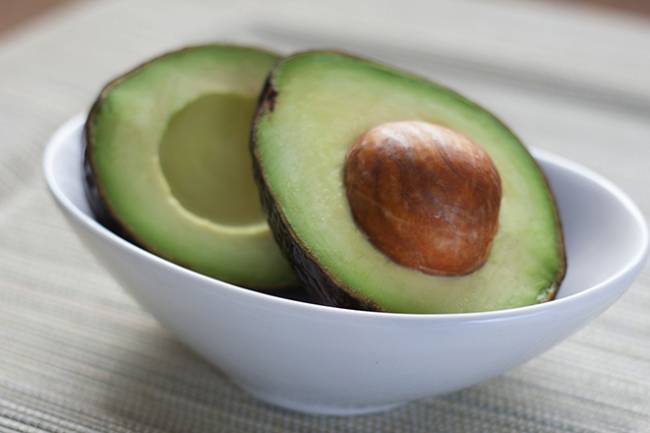Body Temperature and How It Differs for Men and Women

If you constantly find yourself pulling on a cardigan as others reach for the air conditioning, you're not alone. It seems that many different factors can affect our sensitivity to the cold including age, activity levels, diet, sleeping habits and psychological wellbeing.
Office-based studies have also found that women tend to feel the cold more than their male co-workers and that air conditioning has long been calibrated to the meet a ‘male temperature'.
Here we look at whether men and women really do feel temperature differently.
How Does the Body Regulate Temperature?
The human body is incredibly efficient at keeping its core temperature within a narrow, safe range even when the external climate changes. When you feel hot, the blood vessels in your skin dilate to release heat through the skin. This causes the skin to sweat and appear flushed.
When you feel cold, the blood vessels in your skin contract to conserve heat. Your muscles often spasm (shiver) to produce heat and keep body temperature within a safe range. A ‘normal' body temperature is 37C, however, this can fluctuate up to 1C higher or lower throughout the day.
The circadian rhythm, age, activity levels, illness, pregnancy and hormonal contraceptives can all affect our core temperature.
Can a High or Low Body Temperature Be Dangerous?
If body temperature rises above 38C it is considered a fever. This is usually caused by an infection, injury or medicine and can often be treated.
Heatstroke occurs when the body's ability to regulate its own temperature fails and body temperature continues to rise. This can be life-threatening and requires immediate medical attention.
If body temperature drops below 35C, it is referred to as hypothermia. This can also be serious and may be caused by prolonged exposure to the cold, shock, drug use, or metabolic disorders such as diabetes or hypothyroidism.
The Difference Between Men and Women
Men and women are generally able to maintain stable core body temperatures, despite changing environments. But while our core temperature remains fairly stable, the temperature of our skin is much more variable. The extremities (hands and feet) are often the first to cool. And if your hands and feet are chilly, you'll feel cold.
Several studies have found that women's hand temperatures tend to be lower than men's. One study published in The Lancet medical journal found that on average women's hands were 2.8C lower than men's. But why? It is thought that the basic physiological differences such as size, weight and bodily proportions affect the ability of men and women to conserve heat.
Women are typically smaller and have a higher ratio of surface area to volume, which causes a rapid loss of heat.
Men tend to have a greater muscle mass than women which helps them to generate heat.
Even at rest, your muscles produce around 25% of your body's normal temperature, so more muscle mass means a greater heat production. Because of this, it is believed that women evolved a system to protect their core body temperature against freezing weather - in response to cold surroundings a woman's body reduces blood flow to the skin and extremities to maintain their core temperature at 37C. This means that women are better than men at conserving core body heat when the weather cools.
However, as most of our temperature sensors are located in the skin, women can feel cold even when their internal organs are cosy. So it's not all in your imagination. It seems that women really are genetically programmed to feel drops in temperature before their male counterparts. The ideal temperature appears to be around 2.5C warmer than men - between 24C and 25C.
Rule out Any Medical Conditions
There are also medical reasons why you might feel cold all the time so it is worth checking with your GP to rule out any underlying health conditions. These include:
- Diabetes: If your hands and feet sometimes feel numb and tingly, you may have type 2 diabetes. In severe cases, type 2 diabetes can cause a condition called peripheral nephropathy, which reduces sensation to the hands and feet by blocking messages to the brain regarding temperature sensation.
- Hypothyroidism: Hypothyroidism occurs when the thyroid gland doesn't produce enough of the hormones that control metabolism. It is common for people with hypothyroidism to become intolerant to the cold, and they may also feel tired, sluggish and weak.
- Raynaud's Disease: Raynaud's causes blood vessels to go into spasm and temporarily collapse when exposed to cold temperatures or extreme stress, which in turn interrupts the blood supply to the extremities. As a result, the fingers, toes and nose begin to hurt and turn blue when exposed to mild temperature changes - even opening the refrigerator can become problematic. Women are five times more likely to suffer from Raynaud's than men.
- Anaemia: Anaemia occurs when there is insufficient oxygen being carried to organs around the body and is often caused by a lack of iron in the diet. The resulting poor circulation can leave you with icy hands and feet, along with feelings of light-headedness or dizziness. Iron- deficiency anaemia is fairly common and is thought to affect around 1 in 10 women at some point during their lives.
How to Keep Warm
If you feel the cold – and have ruled out any possible medical causes – there are steps you can take to help you warm up:
- Layer up: Ditch the huge woolly jumpers for several thin layers. These offer additional insulation to protect against the loss of body heat.
- Eat regularly: Eating regular meals helps to keep your blood sugar levels up and provides the energy you need to keep you warm. Make sure you stock up on B vitamins (found in eggs, poultry, fish and green leafy vegetables) as deficiencies can result in nerve damage and numbness in the extremities, causing the hands to feel cold or tingly. Staying well hydrated is also key.
- Herbs: Ginkgo biloba is a well-loved traditional remedy used to improve circulation to the hands and feet. It is believed to improve blood flow by strengthening blood vessel walls and can be taken as a tincture, tea, or supplement. Garlic and ginger can also effectively improve circulation.
- Keep active: Try to avoid sitting inactive for over an hour at a time to keep the blood pumping fast around the body. Plus, the more you exercise, the more muscle mass you build, which means that your body will produce more heat at rest.
- Avoid/limit alcohol and caffeine: Both alcohol and caffeine increase blood flow to the skin, which will accelerate the loss of body heat.

 Nicole
Nicole 
